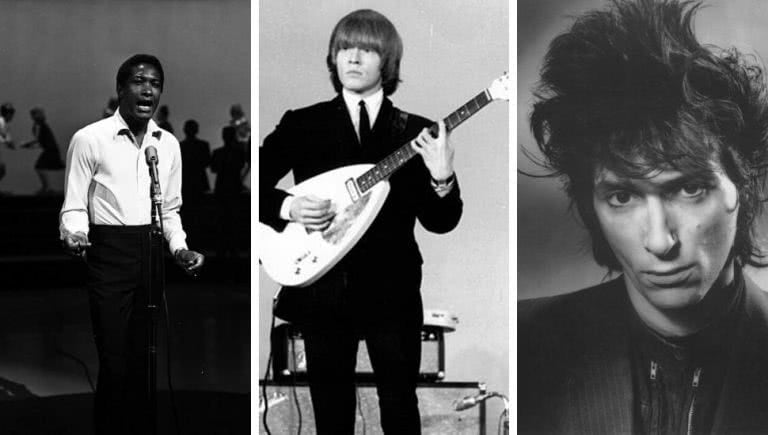Musicians make great death conspiracies.
News over the weekend was that an investigation might open into the death of James Brown. A woman has told a district attorney in Atlanta she has evidence the self-proclaimed godfather of soul’s passing was at the hands of another.
Brown died in the early hours of Christmas morning in 2006 after being admitted to the Emory Crawford Long Hospital in Atlanta suffering from pneumonia.
Fulton County district attorney Paul Howard’s office confirmed that it was a circus performer and singer Jacque Hollander who provided fresh details.
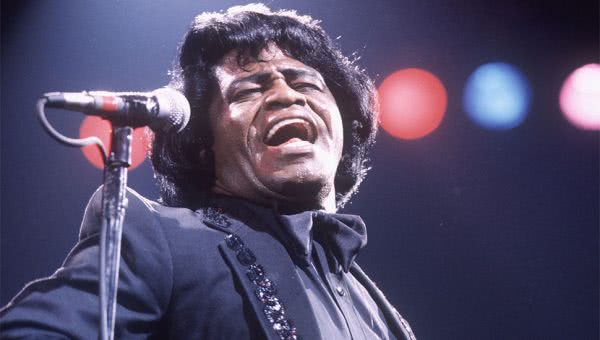
Any investigation will depend on interviews with nearly 140 people, tens of thousands of pages of police and court records, forensics testing and 1,300 pages of text messages.
This is not the first time a musician’s death has been shrouded in conspiracy.
Here are six musicians who died mysterious deaths
Tupac Shakur (1996)
Love Music?
Get your daily dose of metal, rock, indie, pop, and everything else in between.
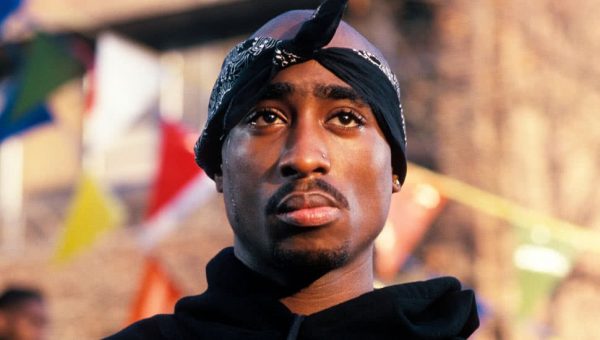
A white Cadillac pulled up to Death Row Records owner Suge Knight’s BMW as it was waiting at the red lights outside Las Vegas’ Club 662 at 11.15 pm on September 7, 1996.
Knight and his prize client Tupac Shakur had earlier attended a boxing match.
Four shots were fired, and Knight’s passenger Tupac Shakur was fatally struck in the chest, arm and thigh.
He died six days later in hospital on September 13 at the University Medical Center.
The official spin was that it was a random drive-by shooting but the ‘hood drums claimed inter-gang rivalry.
Many conspiracy theories emerged.
In 2011, former LAPD detective Greg Kading claimed in his book Murder Rap it was the work of Knight and Puff Daddy.
The latter, in an email to a Los Angeles newspaper, dismissed this as “pure fiction and completely ridiculous.
Knight in turn quipped that Tupac alive and living in Malaysia and alleged the seminal rapper talked about faking his own death.
The rapper’s biggest rival, Notorious B.I.G. was implicated die to alleged links with Crips gang.
More recently, inmate Dexter Isaac claimed he’d been paid by James “Jimmy Henchman” Rosemond to kill Tupac, and that he’d also shot the rapper during a robbery in 1994 at Quad Studios for which he was paid “$2,500, plus all the jewellery I took.”
FBI files released in 2011 revealed that Shakur had received death threats from the Jewish Defence League.
Brian Jones (1969)
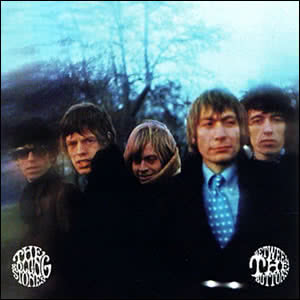
The official “death by misadventure” verdict was that the July 3 1969 death of Rolling Stones founder Brian Jones while having a dip in his swimming pool of his Cotchford Farm estate he’d bought the year before.
In attendance were Jones, Swedish girlfriend Anna Wohlin, builder Frank Thorogood who was renovating the house, and his nurse girlfriend. They were all off their gourds on hashish cakes and alcohol.
Jones and Thorogood had earlier in the evening had a rip-roaring argument. Jones accused his workers of stealing stuff and sacked them.
Thorogood demanded his remaining money and was told to vacate the property first. To calm things down, Jones asked him to stay for a swim while the women returned to the house.
The official version of the Rolling Stone’s death was he’d been alone in the pool when he had his alleged asthma attack.
But in fact police had taken Thorogood into custody because he was the last person to see the talented musician alive, but let him go for lack of evidence.
Years later Thorogood was said to admit on his deathbed, “It was me who done Brian.”
In 2019, a Netflix documentary based on investigative journalist Terry Rawlings book Who Killed Christopher Robin? looked back at theories.
Sam Cooke (1964)
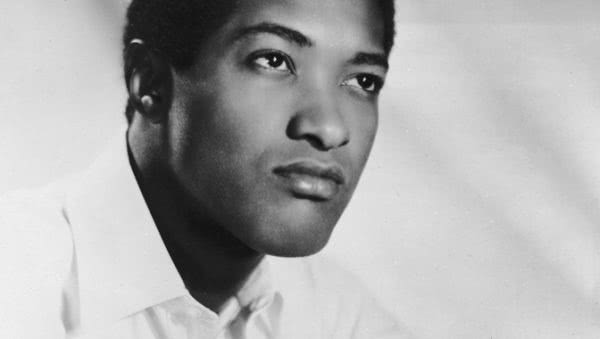
By 1964, Sam Cooke was already the greatest soul singer, a talented songwriter and an astute businessman whose company signed future starts as Bobby Womack and Johnny Taylor.
The 33-year-old was also handsome, immaculately dressed, flash with his money, just bought a new red Ferrari, preached in church, and was married with two small children.
He also had a constantly roving eye for the ladies.
The official cause of death at 9am on December 10, 1964 in a seedy Los Angeles motel was “justifiable homicide”.
He was shot by the Hacienda Motel’s night manager Bertha Franklin, after he drunkenly attacked her in her office.
There was confusion over what exactly happened that night.
It began with Cooke having dinner with a producer and his wife at a restaurant. There he was introduced to 22-year-old Elisa Boyer, with whom he was seen smooching in one of the booths.
Cooke decided to head to the motel.
Boyer later insisted she’d been “kidnapped” and once they got into the room, became frightened he was going to rape her. An argument ensued.
When Cooke (who had undressed) went into the bathroom, Boyer said she fled, taking her clothes… along with his clothes and credit cards… and called the cops.
Seeing her gone, Cooke went to Franklin’s office, half dressed and angrily banging on the door shouting to ask if Boyer was there. He grabbed her, and in the struggle, she shot at him three times, hitting him once.
He rose and charged at her. She grabbed a broom handle and bashed him.
It transpired a month later Boyer was a sex worker at the Hacienda, which offered $3-an-hour rates, a sex worker’s hangout.
In 1979, Boyer was found guilty of second-degree murder in the death of a boyfriend. Franklin, an ex-madam with her own criminal record, quit the motel after death threats.
Johnny Thunders (1991)
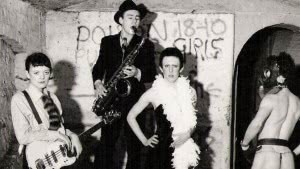
When Johnny Thunders of the New York Dolls met his end at the St. Peter House in New Orleans, on April 23, 1991, his reputation as a junkie had everyone assuming it an inevitable overdose.
He was also suffering from leukemia.
Singer Willy DeVille, who lived next door to the building, recalled, “When he came out of the St. Peter Guest House, rigor mortis had set in to such an extent that his body was in a U shape.
“When you’re laying on the floor in a foetal position, doubled over – well, when the body bag came out, it was in a U. It was pretty awful.”
In his autobiography Lobotomy: Surviving The Ramones, Dee Dee Ramone recounted, “They told me that Johnny had gotten mixed up with some bastards… who ripped him off for his methadone supply.
“They had given him LSD and then murdered him. He had gotten a pretty large supply of methadone in England, so he could travel and stay away from those creeps – the drug dealers, Thunders imitators, and losers like that.”
See the movie In Room 37: The Mysterious Death Of Johnny Thunders:

Kurt Cobain (1994)
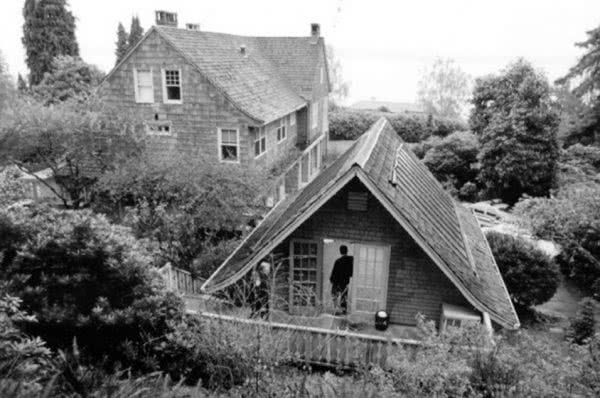
On April 8, 1994, Veca Electric employee Gary Smith arrived at 171 Lake Washington Boulevard East, Seattle, to install a security system in the swish pad.
He found Kurt Cobain’s body in the greenhouse.
He was “laying on the floor, with a shotgun across his body, and a visible head wound,” according to the police report.
He had been there for up to three days. The official finding was “suicide”.
Among the conspiracy theories was that his wife Courtney Love had done him in.
Pushing this barrow the hardest was Tom Grant, a private investigator whom Love hired when Cobain did a bolt from rehab in Los Angeles.
Grant’s argument is that the troubled Nirvana frrontman had so much heroin in his bloodstream (1.52 milligrams per litre) he couldn’t possibly have fired the gun.
Plus the prints on the gun were not clear.
El Duce of the Mentors told filmmaker Nick Broomfield Love had paid him $50,000 to kill her husband and knew who pulled the trigger but didn’t offer any names or evidence.
Love destroyed the glasshouse after his death, and the place was sold in 1997 for $2,895,000, almost twice what he paid for it.
Notorious B.I.G. (1997)
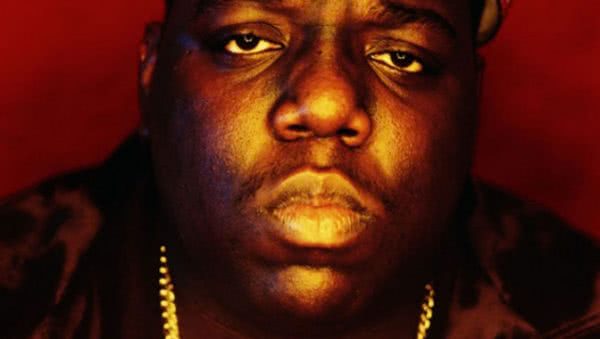
On March 8, Christopher Wallace aka Notorious B.I.G. was in Los Angeles, attending the Soul Train awards.
He presented an award to Toni Braxton and then attended an after-awards party at the Petersen Automotive Museum.
At 12.30 am the party got closed down by the fire department due to over-crowding, so the rapper and his entourage headed back to his hotel in two vans.
Traffic was slow moving as the road was crowded with guests leaving en masse.
According to reports, when the vans were stopped at red lights near the museum, a black Chevy Impala SS pulled up alongside the first one.
An African American man in a blue suit fired four times, and the rapper died in hospital an hour later.
Most believed it was a pay-back for Tupac’s assassination a year before. Others insisted the FBI killed Biggie and Tupac to end the West Coast/ East Coast rap war.
The FBI report on Biggie’s death noted the rare ammo used in the shooting, and which was found in the home of LAPD cop David Mack who was moonlighting as bodyguard for Death Row Records’ boss Suge Knight.
A black Impala, similar to the murder vehicle, was found in Mack’s house.
Mack was never charged with any crime to do with the rapper’s death, and beat a 2005 wrongful death lawsuit by the family.
Knight denied any links to the death.






























